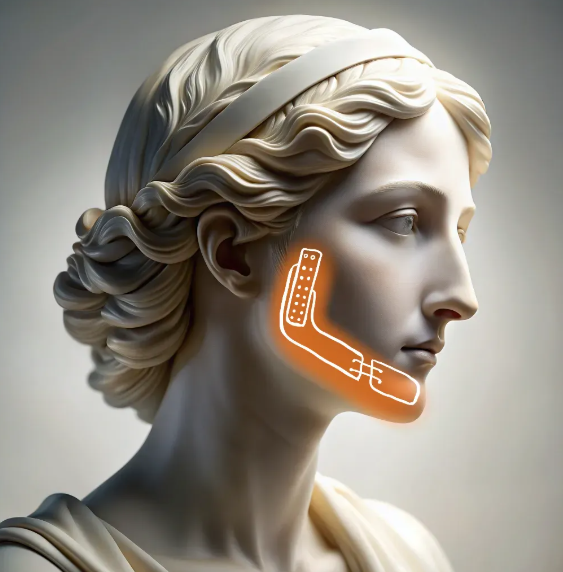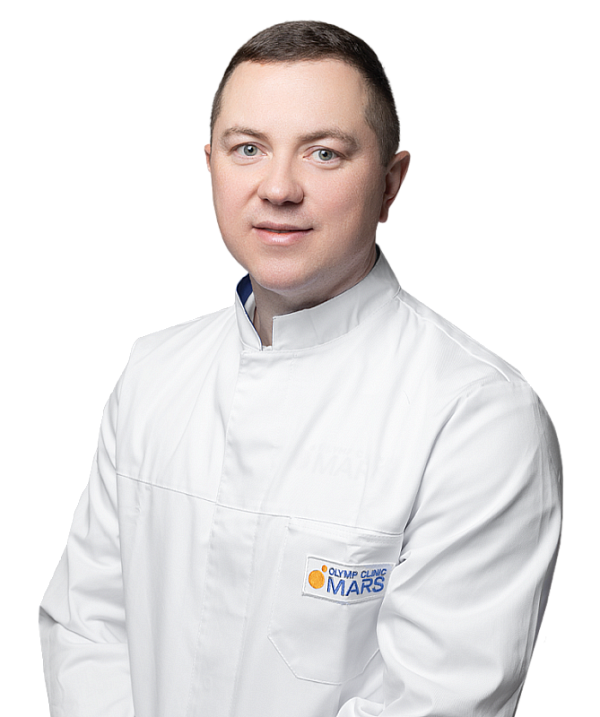Post-traumatic facial deformities treatment
Surgical restoration of facial bones and soft tissues after trauma to restore function and appearance.

Post-traumatic facial deformities involve cosmetic defects, as well as functional impairments of chewing, breathing, speech, vision, or facial expressions. These deformities are caused by fractures of the jaws, orbital walls, and injuries to the cheekbones. They are accompanied by changes in the position of the eyeball, asymmetry, pain, and limited mobility.
Advances in maxillofacial surgery have enabled effective treatment of visible trauma and restoration of facial anatomy. Consulting a specialist can help reduce the risk of chronic complications. We perform interventions considering specifics of the injury and patient anatomy, utilizing advanced reconstruction methods. This may include repositioning and fixation of fragments, restoration of the bone structures of the eye socket, installing titanium meshes, or bone grafting.
Prior to the procedure, the patient undergoes a thorough diagnostic evaluation. This includes CT, MRI, X-ray, and relevant specialist referrals (e.g., ophthalmologist, neurologist, otolaryngologist). Standard preoperative tests and examinations are also performed to assess the general health condition.
The surgeon accesses the area of deformation, repositions the bone fragments, and secures them in place (with plates, screws, titanium mesh, or bone transplants). If necessary, the walls of the eye socket and zygoma are restored. In case of soft tissue defects, the patient's own tissues are used for repair. The extent of the intervention depends on the nature and degree of the injury.
We use advanced surgical equipment and microscopic techniques to perform reconstructive surgery. We also use biocompatible materials, like titanium plates and bone transplants. Procedures are carried out in well-equipped operating rooms with vital function monitoring systems.
Patients remain in the hospital for observation following During the initial few days, a gentle treatment plan is recommended, and pain relievers and anti-inflammatory medications are prescribed. It is essential to closely monitor tissue healing and evaluate facial symmetry and function. The recovery period for most patients is typically several weeks to several months, depending on the extent of the intervention. If necessary, patients are prescribed physiotherapy and additional rehabilitation.
Benefits
Facial anatomy and function restoration
Surgery eliminates chewing, breathing, and speech disorders and restores facial symmetry.
Personalized treatment
Techniques are chosen based on the type of injury and the patient's specific needs.
High-precision diagnostics
CT and MRI scans are done before surgery to assess the deformities.
Comprehensive approach
We work with neurosurgeons, ophthalmologists, and other specialists to get the optimal results.
Врачи
Смотреть всех врачейMaxillofacial surgeon. Candidate of Medical Sciences.
Similar referral activities
Maxillofacial purulent inflammations diagnostics and dissection
Surgical treatment of abscesses, phlegmons, and other acute inflammations with drainage and sanitation.
Naso-orbital reduction and osteosynthesis
Facial skeleton restoration surgery involving nose and eye socket fractures.
Cheekbone reduction and osteosynthesis
Surgical restoration of the zygomatic bone using titanium plates to fix the fragments.
Lower jaw osteosynthesis
A surgical procedure designed to repair broken bones in cases of mandibular fractures.
Intermaxillary fixation with screws
Temporary jaw stabilization in fractures and postoperative care.

